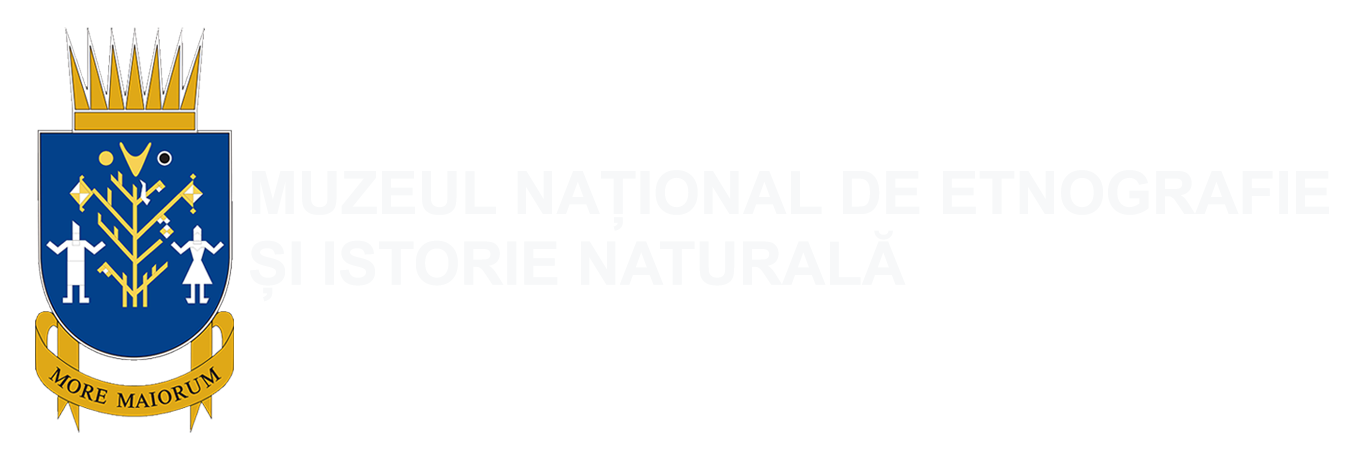THE HISTORY OF MUSEUM STARTED IN 1889, WHEN THE BESSARABIAN ZEMSTVO ORGANIZED AN AGRICULTURAL AND INDUSTRIAL EXHIBITION, AND THAT WAS THE BASIS OF THE FOUNDATION OF THE MUSEUM INSTITUTION.
It is the oldest museum from the Republic of Moldova. It had started like a Museum of Agriculture, but during its existence it gradually expanded the field of activity, creating collections that reflect the natural history, the contemporary nature, the evolution of human society and the traditional culture from the territory of Bessarabia and, later, from the Republic of Moldova.
Currently, it has a patrimony of about 135 thousand items. The museum organized numerous exhibitions that drew attention to the fauna and flora, to the natural resources of the land, and reflected the occupations of the population. Items from the museum collections have been presented at various exhibitions in many countries from Europe, Asia, America and Africa.
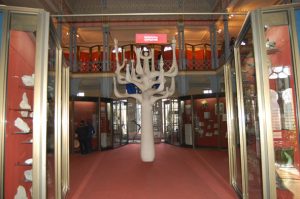
The permanent exhibition has the generic “Nature. Human Being. Culture". It covers a surface of 2000 square meters and it reveals the evolution of the Human-Nature correlation at different stages of society's development, the evolution of the organic world, the dynamics of the use of natural resources, the creative synthesis of Human-Nature, the ecological situation in the Republic of Moldova and the ways to improve it.
The museum has a temporary exhibition hall where various exhibitions, both from its own heritage and from other museums, are displayed. The handicraft exhibitions of the folk craftsmen that are organized every year have become traditional.
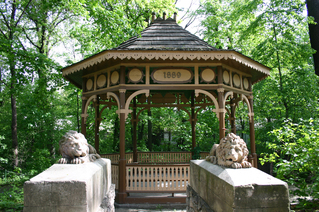
On the territory of the museum there is a Botanical Garden, which brings together the most widespread species of plants, trees and shrubs from the territory of the Republic of Moldova. There was organized a Vivarium in the Botanical Garden. It presents permanent exhibitions of rare, exotic and decorative birds, reptiles and fish.
Being the first museum in the country, it contributed to the creation of the museum network and of the national school of museology. It is currently working in the direction of organizing the open-air museum of folk architecture – The Village Museum. The branches of the museum are the Museum Complexes "Balioz Mansion" from Ivancea village, Orhei district, The Villa with Park from Mândâc, Drochia district, and Ţîpova-Saharna from Rezina district.
The museum regularly hosts folk events, national and international competitions and festivals, highlighting popular creations collected from all areas of the republic.
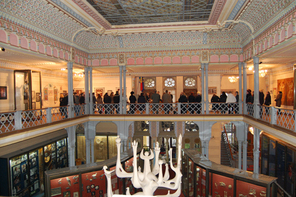
The architectural-historical complex of the museum was built in the second half of the 19th century – the beginning of the 20th century and it is located between Mihail Kogălniceanu - Alexei Şciusev, Maria Cebotari - Sfatul Ţării streets. The main building was errected especially for hosting the museum, during the years 1903-1905, according to the project of the architect Vladimir Ţîganco. The museum buildings are architectural monuments of national importance.
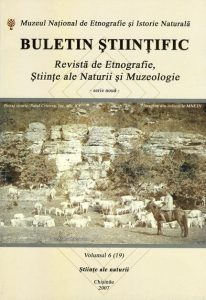
In 2005, the Museum was reorganized into an institution belonging to the field of science and innovation. The researchers of the institution wrote numerous scientific papers. Many of them have been published in the Scientific Bulletin - a periodical publication of the museum that appeared for the first time in 1926. Since 2005, it gained the status of Journal of Ethnography, Natural Sciences and Museology. The museum has a valuable scientific library, which holds over 41500 volumes, including an important collection of rare books.
